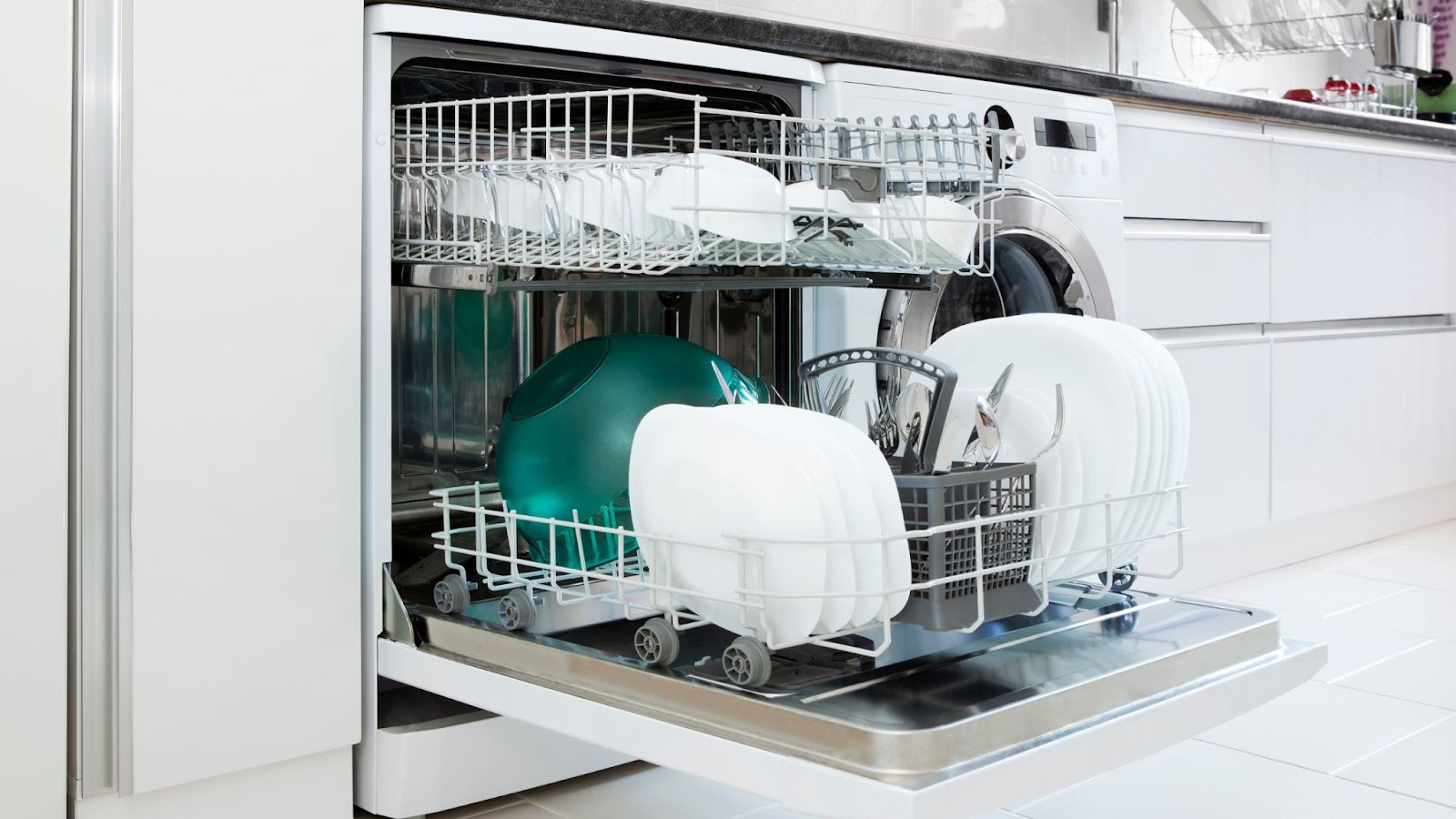Refrigerator Not Cooling: Causes & How To Fix Them
A warm refrigerator can be distressing, but understanding common causes like dirty condenser coils, stuck condenser fans, and faulty seals is essential. While some issues can be fixed with DIY methods, others may require professional help. Don’t panic- let’s troubleshoot and get your fridge back to its cool, efficient self.
Common Causes For Refrigerators Not Cooling & How To Fix Them
Let’s explore some common reasons a refrigerator might not be cooling and how you can tackle them yourself.


